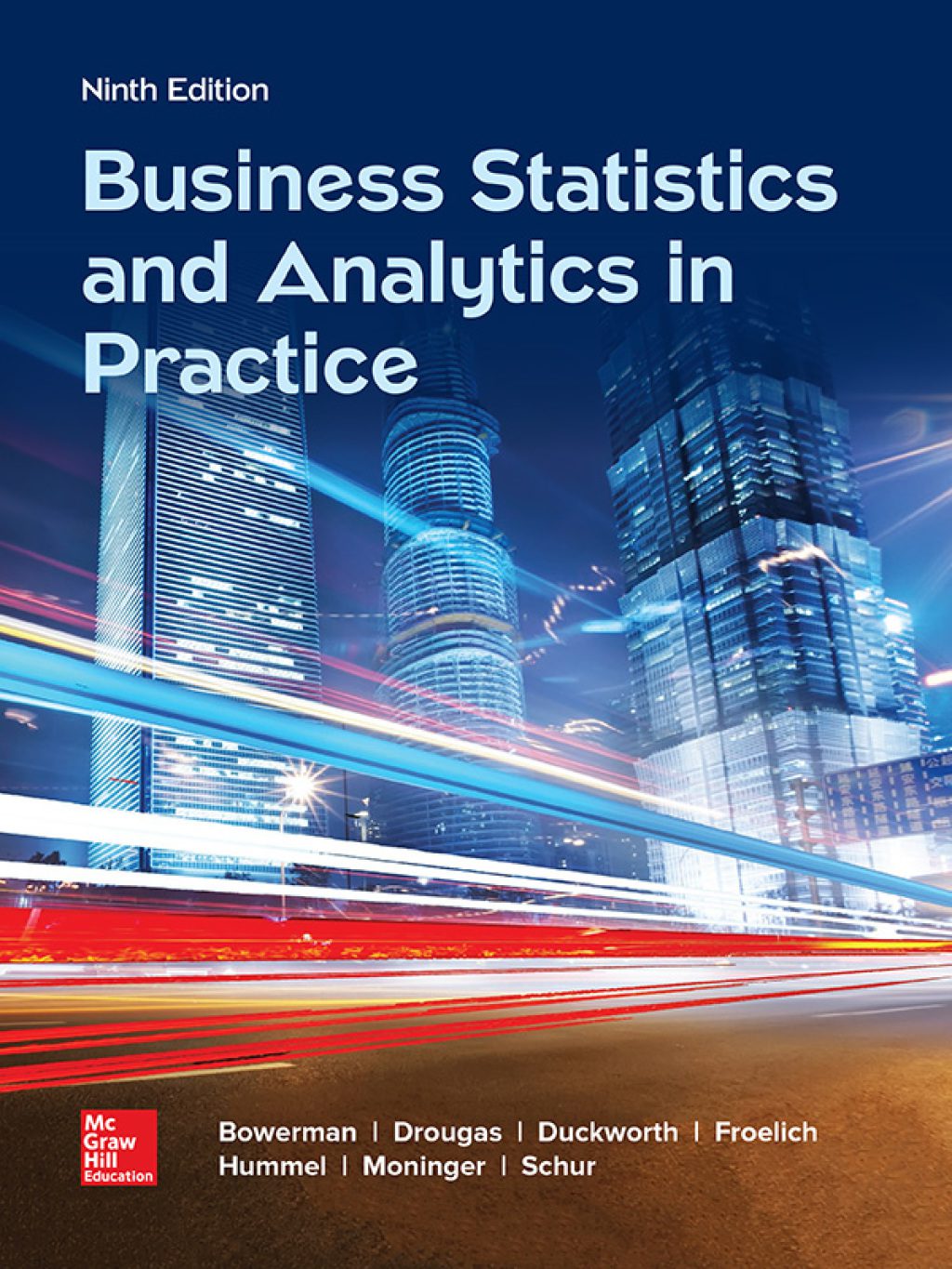Dominik Wodarz (eds.)9780387308937, 0387308938
This book reviews how mathematics can be used in combination with biological data in order to improve understanding of how the immune system works. This is illustrated largely in the context of viral infections. Mathematical models allow scientists to capture complex biological interactions in a clear mathematical language and to follow them to their precise logical conclusions. This can give rise to counter-intuitive insights which would not be attained by experiments alone, and can be used for the design of further experiments in order to address the mathematical results.
This book provides both an introduction to the field of mathematical immunology, and an overview of many topics which are the subject of current research, covering a broad variety of immunological topics. It starts with basic principles of immunology and covers the dynamical interactions between the immune system and specific viral infections, including important human pathogens such as HIV. General biological and mathematical background material to both virus infection and immune system dynamics is provided, and each chapter begins with a simple introduction to the biological questions examined.
This book is intended for an interdisciplinary audience. It explains the concept of mathematical modeling in immunology and shows how modeling has been used to address specific questions. It is intended both for the mathematical biologists who are interested in immunology, and for the biological readership that is interested in the use of mathematical models in immunology. Dominik Wodarz is an Associate Professor at the Department of Ecology and Evolutionary Biology at the University of California, Irvine.
Table of contents :
Front Matter….Pages I-XIII
Viruses and Immune Responses: A Dynamical View….Pages 1-24
Models of CTL Responses and Correlates of Virus Control….Pages 25-40
CTL Memory….Pages 41-53
CD4 T Cell Help….Pages 55-70
Immunodominance….Pages 71-84
Multiple Infections and CTL Dynamics….Pages 85-97
Control versus CTL-Induced Pathology….Pages 99-111
Lytic versus Nonlytic Activity….Pages 113-124
Dynamical Interactions between CTL and Antibody Responses….Pages 125-136
Effector Molecules and CTL Homeostasis….Pages 137-145
Virus-Induced Subversion of CTL Responses….Pages 147-166
Boosting Immunity against Immunosuppressive Infections….Pages 167-181
Evolutionary Aspects of Immunity….Pages 183-193
Back Matter….Pages 195-220







Reviews
There are no reviews yet.